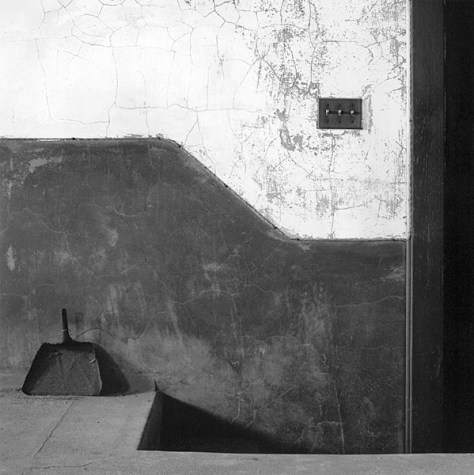I’m not doing it to titillate anybody’s interests. I want to show off how beautiful my subjects are, whether it’s a cheetah or a live girl or two of them together. That’s more important to me than anything.
—Bunny Yeager, 1929–2014







Yeager always styled her own backdrops, props and costumes—often making objects and bathing suits from materials at hand. Her unique self-portrait techniques certainly foreshadow the work of contemporary artists Cindy Sherman and Yasumasa Morimura, known for their own masquerade-based self-portraiture.
—Andy Warhol Museum
Ms. Yeager, who took up her art by accident, was one of the world’s most celebrated photographers of female nudes and near-nudes of the 1950s and ’60s. She is widely credited with helping turn the erotic pinup — long a murky enterprise in every sense of the word — into high photographic art.
—Her Obituary in the New York Times
We lost one of the stars of Tumblr on Monday. It’s interesting to read the obits and think about how things have changed—both in the what counts as art and what counts as titillating departments. And how so much of both areas today reference these photos still.
It’s also a worthwhile reminder that so much of art now wasn’t art when it was first produced and how fluid those borders and classifications are. Especially in photography.
It’s easy to dismiss these as kitschy pin-ups. Because they are. But they’re so much more too. There’s self-representation. There’s the blurring of the line between photographer and model. There’s the idea of a safe space for the models to work away from any male gaze. There’s the fact that so much of her work appears to have harnessed a genuine sense of fun. There’s the fact that so much of this look (much of which is non-studio in daylight) is the kind of thing people are still trying to copy today.


































